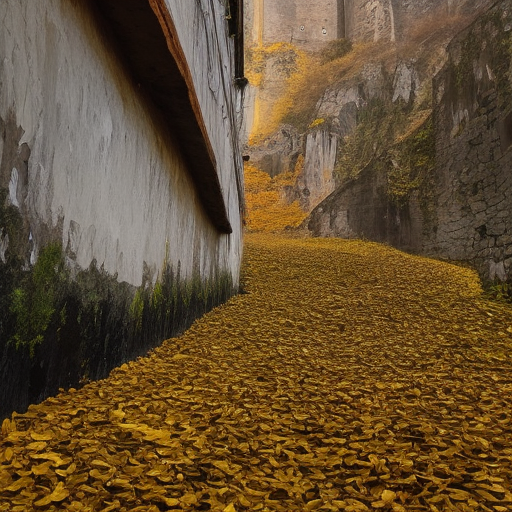The Hidden Fortress (1958) – A Tale of Adventure, Loyalty, and Redemption
Main Cast and Crew:
- Director: Akira Kurosawa
- Writer(s): Akira Kurosawa, Shinobu Hashimoto, Ryuzo Kikushima, Hideo Oguni
- Key Actors: Toshiro Mifune as General Rokurota Makabe, Misa Uehara as Princess Yuki, Minoru Chiaki as Tahei, Kamatari Fujiwara as Matashichi
- Music Director: Masaru Sato
- Director of Photography: Kazuo Miyagawa
- Producers: Akira Kurosawa, Sanezumi Fujimoto
Plot:
In feudal Japan, during a time of civil war, two bumbling peasants, Tahei and Matashichi, stumble upon a hidden gold cache while fleeing from a battle. Unbeknownst to them, the gold belongs to a defeated clan and is intended to finance their rebellion. As they attempt to smuggle the gold through enemy territory, they encounter General Rokurota Makabe, a loyal retainer of the defeated clan who is disguised as a mute soldier.
General Makabe, along with Princess Yuki, the sole surviving member of the royal family, is determined to escape to a safe territory and rebuild the clan. Recognizing the peasants’ knowledge of the enemy’s terrain, Makabe enlists their help in guiding him and the princess to their destination. The group faces numerous challenges, including treacherous landscapes, enemy soldiers, and internal conflicts.
Throughout their journey, the peasants’ greed and selfishness clash with the noble ideals of the general and the princess. Tahei and Matashichi constantly scheme to steal the gold for themselves, often putting the group in danger. However, as they witness the bravery and selflessness of their companions, the peasants gradually learn the value of loyalty and sacrifice.
Themes and Motifs:
One of the central themes of “The Hidden Fortress” is the contrast between selfishness and selflessness. The film explores how individual desires and greed can hinder progress and endanger the greater good. It emphasizes the importance of loyalty, honor, and sacrifice in achieving noble goals.
Another recurring motif in the film is the power dynamics between the social classes. The stark contrast between the peasants and the noble characters highlights the disparities in their values, behavior, and aspirations. The film challenges the notion that social status determines a person’s worth and emphasizes the potential for growth and redemption in every individual.
Reception and Legacy:
Upon its release, “The Hidden Fortress” received critical acclaim for its innovative storytelling, dynamic action sequences, and stunning cinematography. It won the Silver Lion award at the 1959 Venice Film Festival, solidifying Akira Kurosawa’s reputation as a master filmmaker.
The film’s influence can be seen in later works, most notably George Lucas’ “Star Wars” series. Lucas drew inspiration from “The Hidden Fortress” for its narrative structure, character dynamics, and the use of humor amidst epic storytelling. Kurosawa’s film also paved the way for the jidaigeki genre, influencing subsequent samurai films and shaping the future of Japanese cinema.
Recommendation:
“The Hidden Fortress” is a must-watch for fans of Akira Kurosawa’s work, as well as those interested in samurai films and epic adventures. Its engaging plot, memorable characters, and thought-provoking themes make it a timeless classic that continues to captivate audiences today.
Memorable Quote:
“The peasant is the foundation of the country. If the foundation is weak, the country will fall.”












